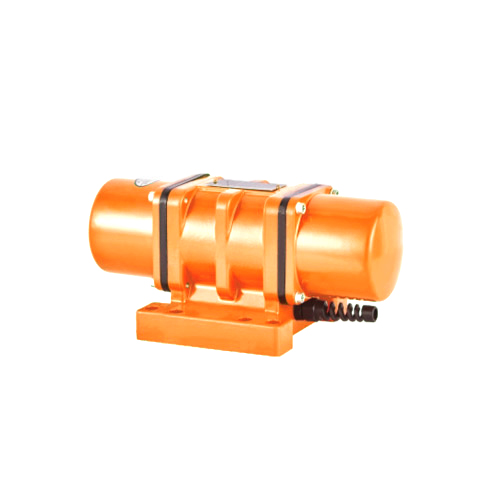The electro-mechanical component sector continues to witness the growing importance of the vibration motor, a compact device that converts electrical energy into mechanical oscillations. This versatile component has established itself across numerous industries where controlled vibration provides essential functionality. The operational principle of the vibration motor typically involves an unbalanced mass rotating around an axis, generating centrifugal force that translates into vibrational energy. The consistent performance of the vibration motor makes it suitable for applications ranging from user interface feedback to industrial material handling.
Modern design approaches for the vibration motor emphasize reliability within compact dimensions. Engineers have developed numerous configurations of the vibration motor to address specific application requirements across different sectors. The construction of a typical vibration motor includes durable components designed for extended operational life under varying conditions. Manufacturers produce the vibration motor in multiple sizes and force specifications to accommodate different design constraints and performance needs. The adaptability of the vibration motor continues to drive its implementation across an increasingly diverse range of products and systems.
Consumer electronics represents a significant application area for the vibration motor. Mobile devices extensively incorporate miniature versions of the vibration motor to provide haptic feedback for notifications and user interactions. Gaming controllers utilize the vibration motor to create immersive tactile experiences that enhance user engagement. Wearable technology integrates the vibration motor for discrete alerts and health monitoring notifications. The reliable operation of the vibration motor in these applications contributes substantially to the overall user experience with electronic products.

Industrial applications for the vibration motor continue to expand across multiple sectors. Manufacturing equipment often employs the vibration motor in material handling systems to prevent clogging and ensure consistent material flow. Processing plants utilize the vibration motor in screening and separation machinery for efficient sorting operations. Construction projects implement the vibration motor in concrete compaction equipment and soil densification machinery. The robust construction of industrial-grade vibration motor versions ensures consistent performance in demanding operational environments.
The automotive industry represents another important sector for vibration motor implementation. Vehicle manufacturers integrate the vibration motor in haptic feedback systems for touchscreens and control interfaces. Safety systems incorporate the vibration motor in alert mechanisms to warn drivers of potential hazards. The automotive-grade vibration motor undergoes rigorous testing to ensure reliable performance across varying temperature and humidity conditions. These implementations demonstrate how the vibration motor contributes to enhanced functionality and safety in modern vehicles.
Technical advancements in vibration motor technology have focused on improving efficiency and control capabilities. Recent developments in vibration motor design include enhanced magnetic circuits that deliver more consistent performance. The introduction of improved bearing systems in the vibration motor has addressed historical wear issues, extending service intervals. These continuous refinements ensure the vibration motor remains relevant in an evolving technological landscape.
Future development directions for vibration motor technology appear focused on enhanced control and integration capabilities. The combination of the vibration motor with sophisticated electronic drivers enables more nuanced control over vibration patterns and intensities. Research initiatives are exploring new material applications for the vibration motor that could further improve performance characteristics. As product designers continue to discover new applications for controlled vibration, the fundamental technology of the vibration motor is likely to maintain its importance across multiple industries. The ongoing evolution of vibration motor technology ensures its continued relevance in an increasingly automated and interactive world.

 英语
英语 葡萄牙语
葡萄牙语 西班牙语
西班牙语 русский
русский







 Tel: + 86-576-86320988
Tel: + 86-576-86320988
 Fax: + 86-576-86333217
Fax: + 86-576-86333217
 E-mail:
E-mail:  Add: Dayangcheng Industrial Zone, daxi, wenling, zhejiang, china
Add: Dayangcheng Industrial Zone, daxi, wenling, zhejiang, china
